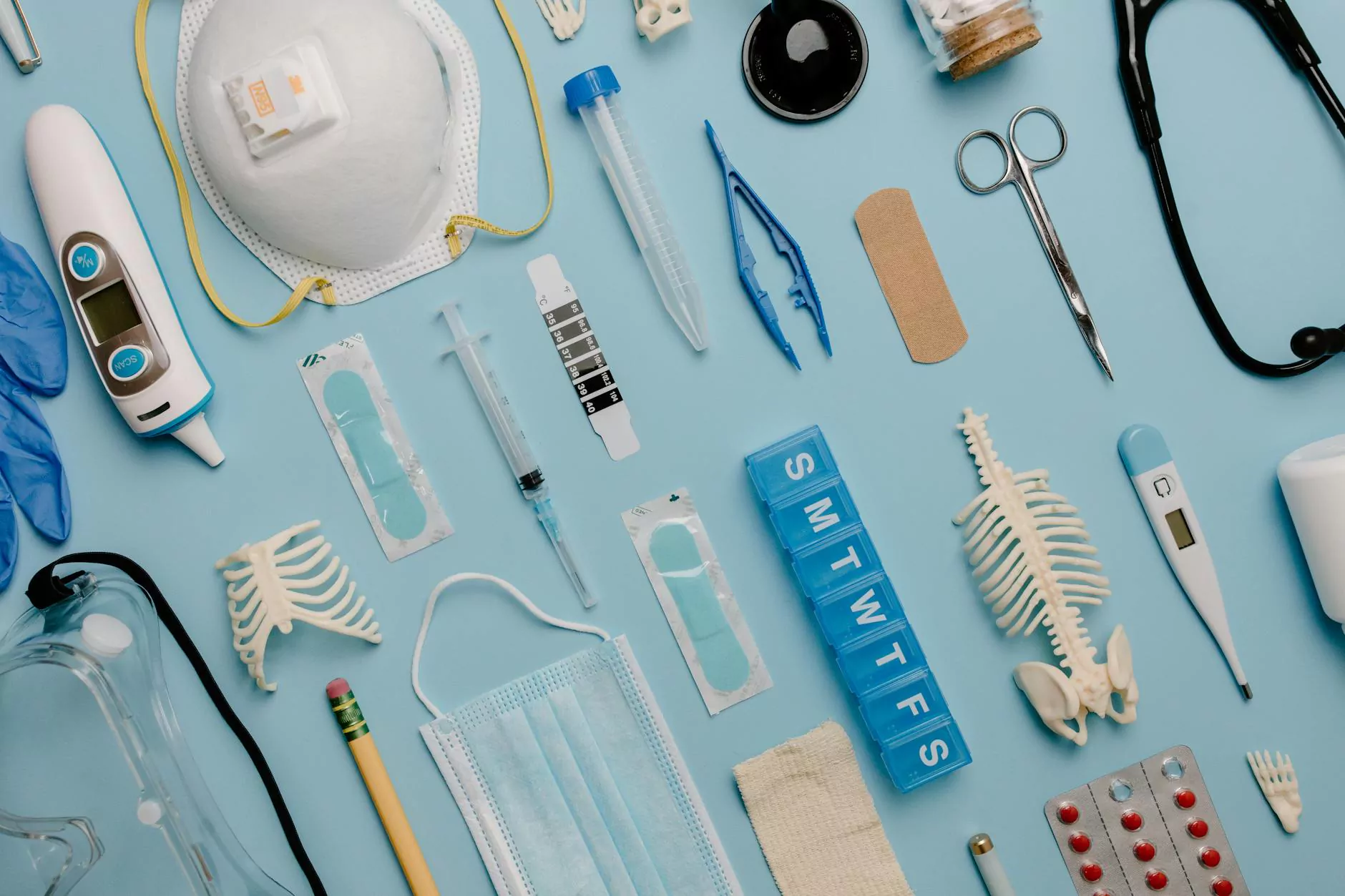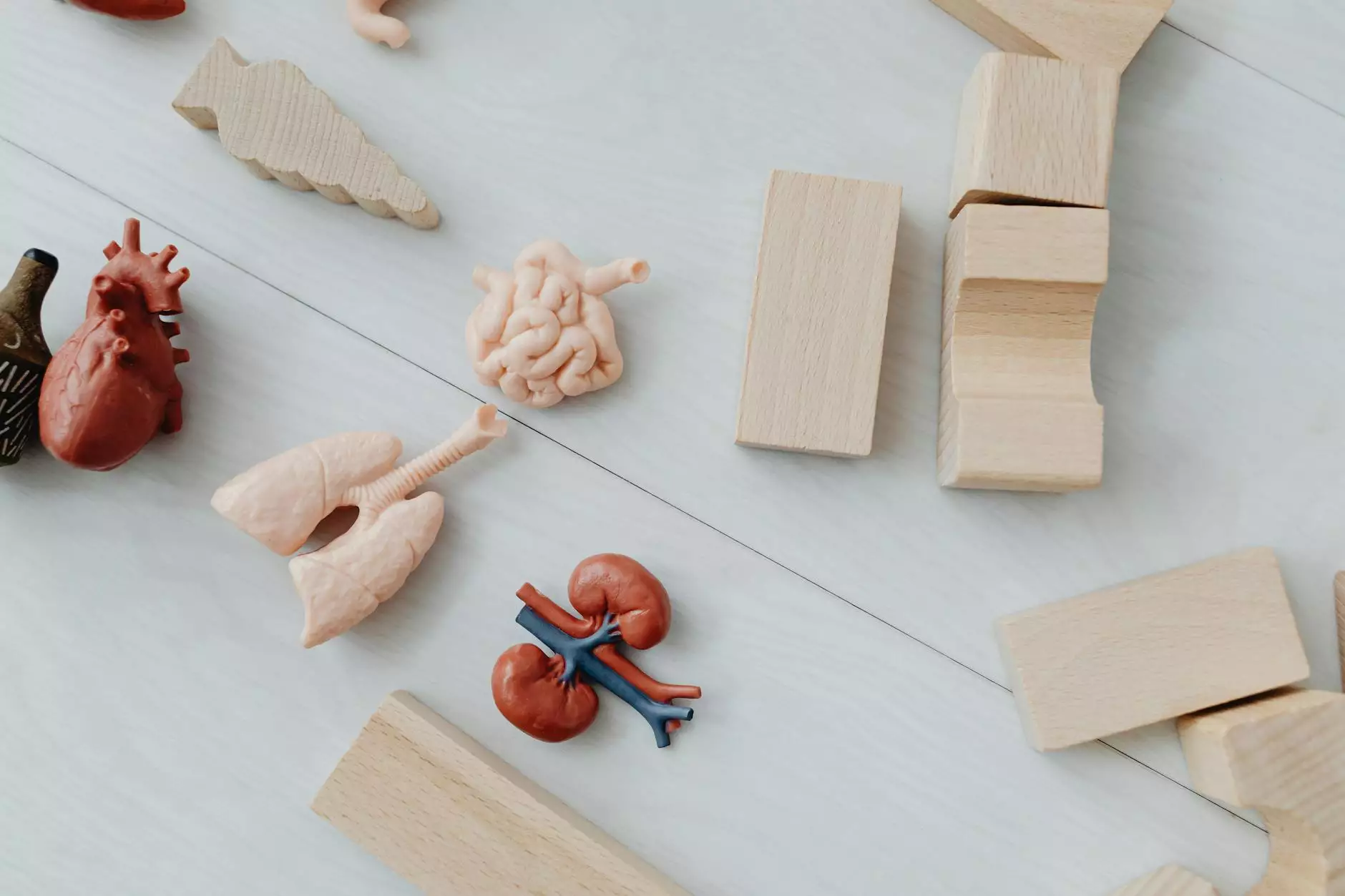Ultimate Guide to Paint Curing Oven Design for Automotive Applications

In the automotive industry, the efficiency and quality of paint finishes are critical. One crucial aspect that significantly influences these factors is the paint curing oven design. This article delves into the intricacies of designing paint curing ovens, understanding their operational principles, and optimizing their performance for superior outcomes.
Understanding Paint Curing Ovens
Paint curing ovens are specialized equipment designed to cure or dry paint applied to various automotive parts and vehicles. The curing process is vital to establishing a durable finish, ensuring that the paint adheres properly and achieves the desired hardness and resistance.
What is Paint Curing?
Paint curing refers to the chemical processes that occur when a paint or coating is subjected to heat after application. During this phase, the solvent evaporates, and the resins crosslink to form a solid film. The result is a finish that is not only aesthetically pleasing but also resistant to various environmental factors.
Importance of Paint Curing Oven Design
The design of a paint curing oven impacts several factors, including:
- Energy Efficiency: Efficient ovens reduce energy consumption and costs.
- Heat Distribution: Uniform heat distribution ensures consistent curing across the surface.
- Process Time: Optimized designs can shorten curing times without compromising quality.
- Flexibility: Adjustable settings for different types of coatings and materials.
Key Components of a Paint Curing Oven
Understanding the key components can help in optimizing the paint curing oven design:
- Heating Elements: These can be electric, gas, or infrared, each offering different advantages.
- Insulation: Good insulation maximizes heat retention and promotes energy efficiency.
- Air Circulation System: An effective circulation system prevents hot and cold spots and promotes even curing.
- Temperature Control: Essential for maintaining desired curing temperatures.
- Safety Features: Include alarms, automatic shut-offs, and monitoring systems to ensure safe operation.
Factors to Consider When Designing a Paint Curing Oven
When embarking on the design of a paint curing oven, several factors must be accounted for to ensure effectiveness and efficiency:
1. Size and Capacity
The size of the oven should be determined by the volume of parts that need curing. It is crucial to balance the space to allow for adequate air circulation while still maximizing the oven's capacity. Consideration of the automotive parts' dimensions is essential for effective design.
2. Temperature Requirements
Different paints require specific temperature profiles for optimal curing. Understanding the temperature requirements of the coatings used in the automotive application is critical. A well-designed oven will allow precise temperature control and uniform heat distribution to achieve the best results.
3. Airflow Dynamics
Proper airflow is essential to ensure that no cold spots disrupt the curing process. The design should facilitate smooth airflow pathways, ensuring even air distribution throughout the oven chamber. This will help in achieving consistent curing across all painted surfaces.
4. Energy Efficiency
In an era where sustainability is paramount, designing for energy efficiency is crucial. Utilize modern insulation materials and energy-efficient heating elements to reduce consumption. This not only lowers the operational costs but also aligns the business with environmentally friendly practices.
Advanced Technologies in Paint Curing Oven Design
The automotive industry is continually evolving, and so are the technologies used in paint curing ovens. Here are some cutting-edge advancements that enhance efficiency and quality:
1. Infrared Heating
Infrared heating technology offers rapid heating capabilities. It directly heats the paint rather than the air around it, leading to faster curing times. This technology can drastically improve productivity in automotive paint shops where speed is essential.
2. Computerized Control Systems
Modern paint curing ovens are equipped with sophisticated control systems that allow precise monitoring and adjustment of temperature and duration. These systems ensure that the paint is cured according to the specified requirements, improving overall quality and consistency.
3. VOC Reduction Technologies
Volatile Organic Compounds (VOCs) are harmful emissions produced during the curing process. Advanced ovens are now equipped to reduce these emissions significantly, making the curing process safer for operators and more environmentally friendly.
Best Practices for Paint Curing Oven Operation
To maximize the effectiveness of your paint curing oven, adhere to these best practices:
1. Regular Maintenance
Conduct routine inspections and maintenance on your curing oven to ensure all components function optimally. This includes checking heating elements, airflow systems, and temperature controls to prevent any performance degradation.
2. Calibration and Testing
Regularly calibrate the temperature settings and perform testing with known standards. This will ensure that the oven consistently produces high-quality results. Adjustments may be necessary to accommodate variations in paint formulations.
3. Staff Training
Ensure that all staff members operating the paint curing ovens are adequately trained in operational procedures. Knowledge of safe operating practices and troubleshooting can prevent accidents and maintain efficiency.
The Economic Impact of Efficient Paint Curing Oven Design
The economic implications of optimizing paint curing oven design can be profound:
- Reduced Operational Costs: Improved energy efficiency leads to lower utility bills.
- Higher Quality Finishes: Superior finishes reduce the need for rework or repairs, enhancing customer satisfaction.
- Increased Throughput: Faster curing times allow for more vehicles to be serviced in a day, boosting productivity and profitability.
Conclusion
The complexity of paint curing oven design in the automotive industry cannot be overstated. It is a multifaceted process that requires careful consideration of various components and technologies. By investing in innovative designs and keeping abreast of the latest advancements, automotive businesses can achieve more efficient operations while delivering high-quality finishes that satisfy the demands of today’s market.
For businesses looking to elevate their operations, understanding and optimizing paint curing oven design is an essential step. By embracing modern technologies, adhering to best practices, and focusing on efficiency, companies can significantly enhance their productivity and overall success in the automotive sector.



